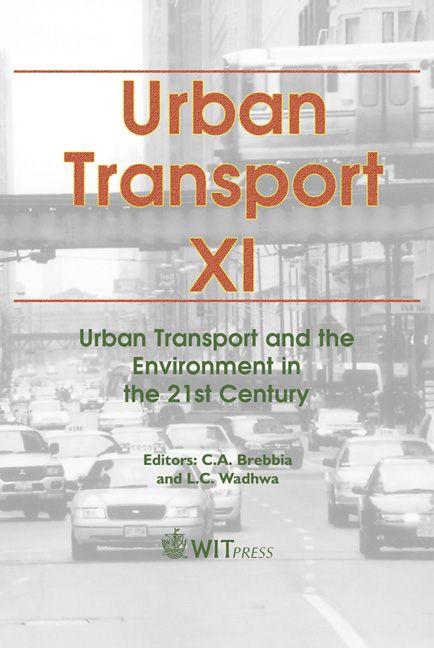Financing Of The Transport Infrastructure In Australia
Price
Free (open access)
Transaction
Volume
77
Pages
12
Published
2005
Size
504 kb
Paper DOI
10.2495/UT050831
Copyright
WIT Press
Author(s)
L. Wadhwa
Abstract
Australia has an extensive multi-modal transport infrastructure comprising of well-developed road, rail air and coastal networks. It has a relatively low road density of 0.10 km/sq. km. as well as the lowest number of persons per kilometre of road length in the world which is indicative of the extensive road network per capita. Australia’s transport infrastructure is financed by all three tiers of government – Commonwealth, State and` Local governments. A number of financing regimes have been adopted by the Australian Government since 1981 which are indicative of government priorities and distribution of responsibilities for provision and maintenance of transport infrastructure with the State and Local Government. Recently the Commonwealth Government has developed a planning and financing strategy in the form of AusLink. It is the Australian government latest approach to land transport infrastructure to achieve better national land transport planning, funding, and investment decision-making. The salient features of AusLink approach that make it distinct from previous approaches include integrated corridor approach to planning, integrated land use and transport planning, increasing private sector involvement, focus on sustainable development and shared responsibility and funding with States and Territories. The methodology for identification and appraisal of specific projects to achieve the AusLink objectives is discussed. Keywords: land transport, financing, infrastructure, integrated planning, project appraisal. 1 Introduction Australia is a vast country with an area of 7.692 million km2. About 20 million Australians occupy an entire continent giving it an overall population density of
Keywords
land transport, financing, infrastructure, integrated planning, project appraisal.





